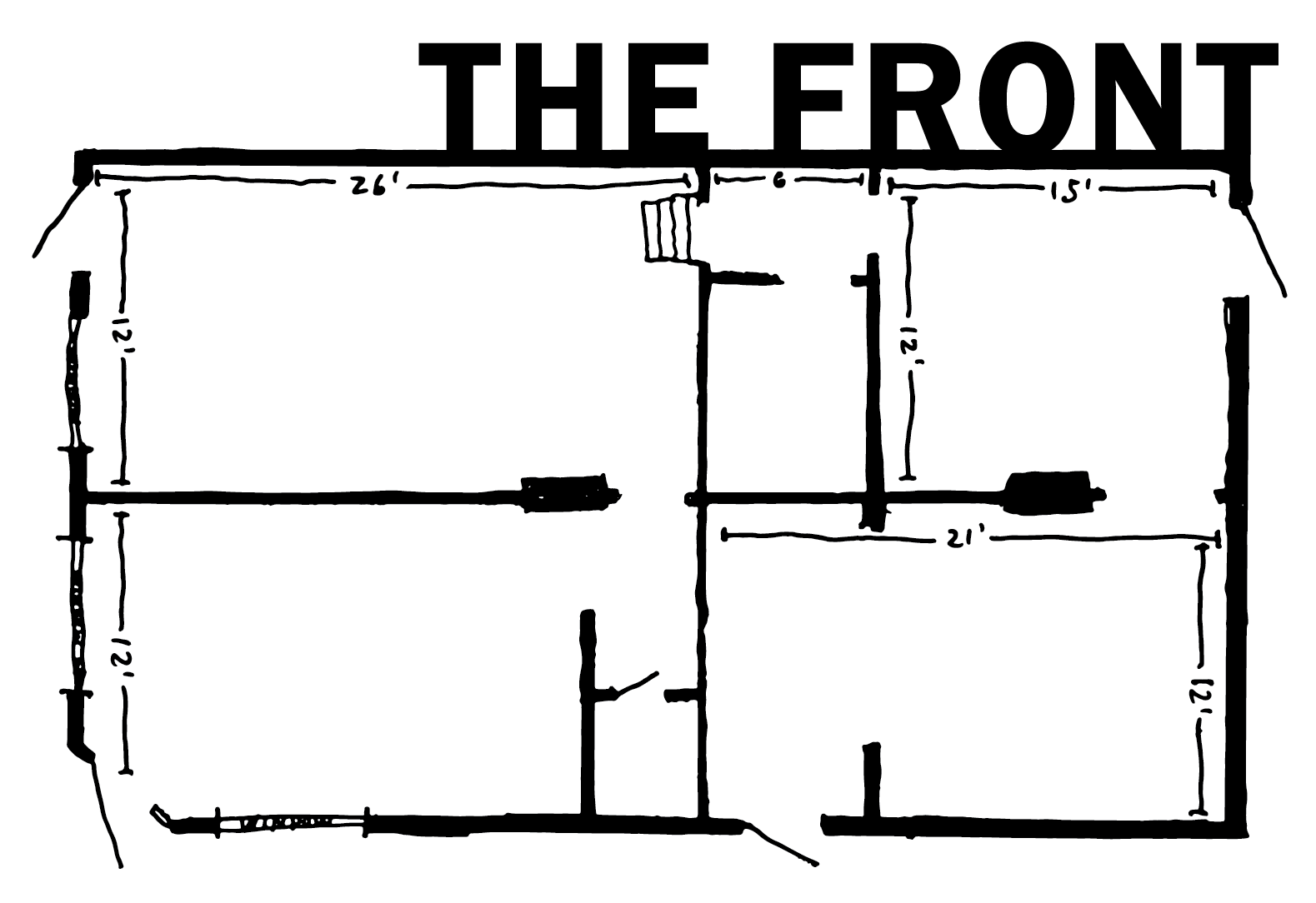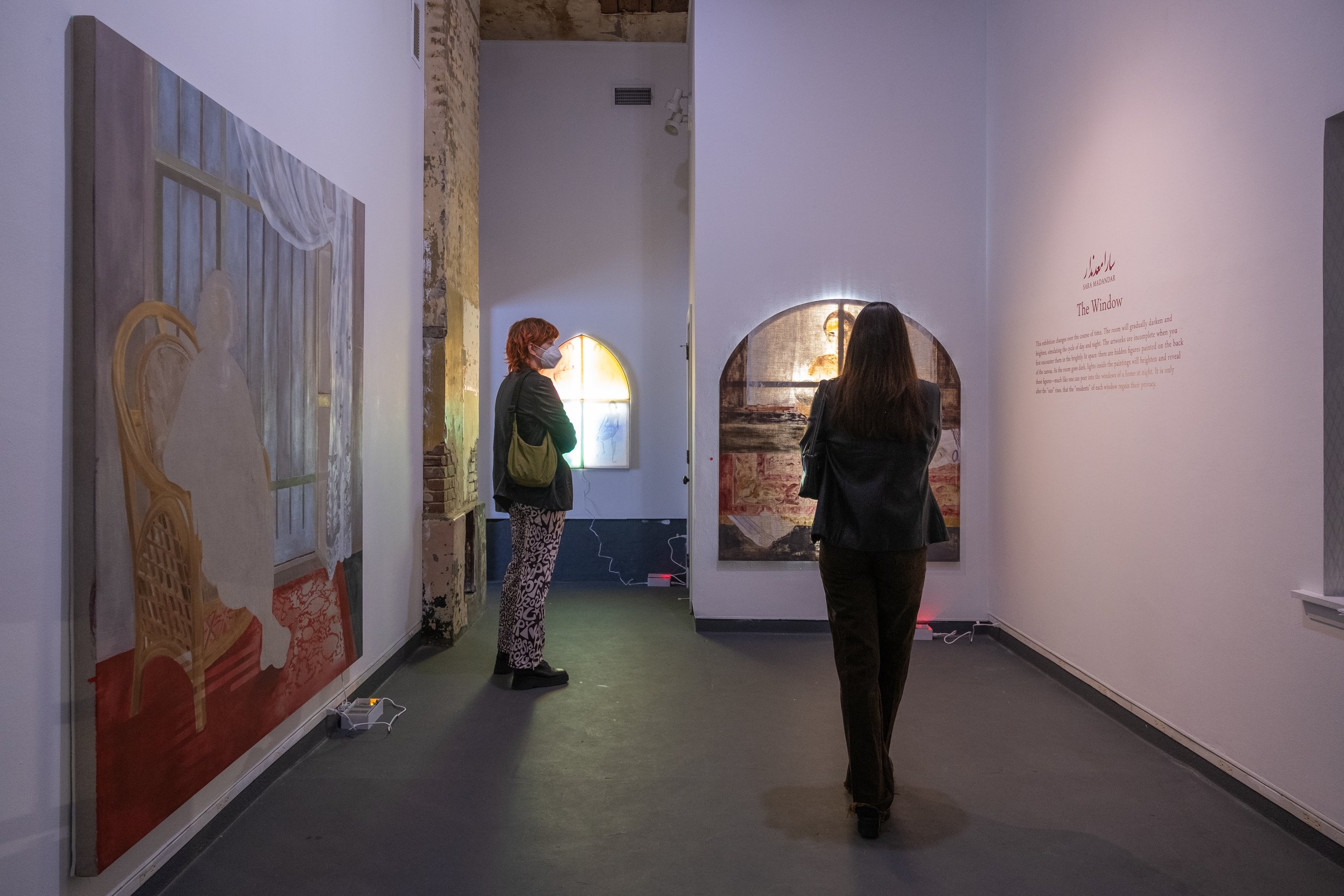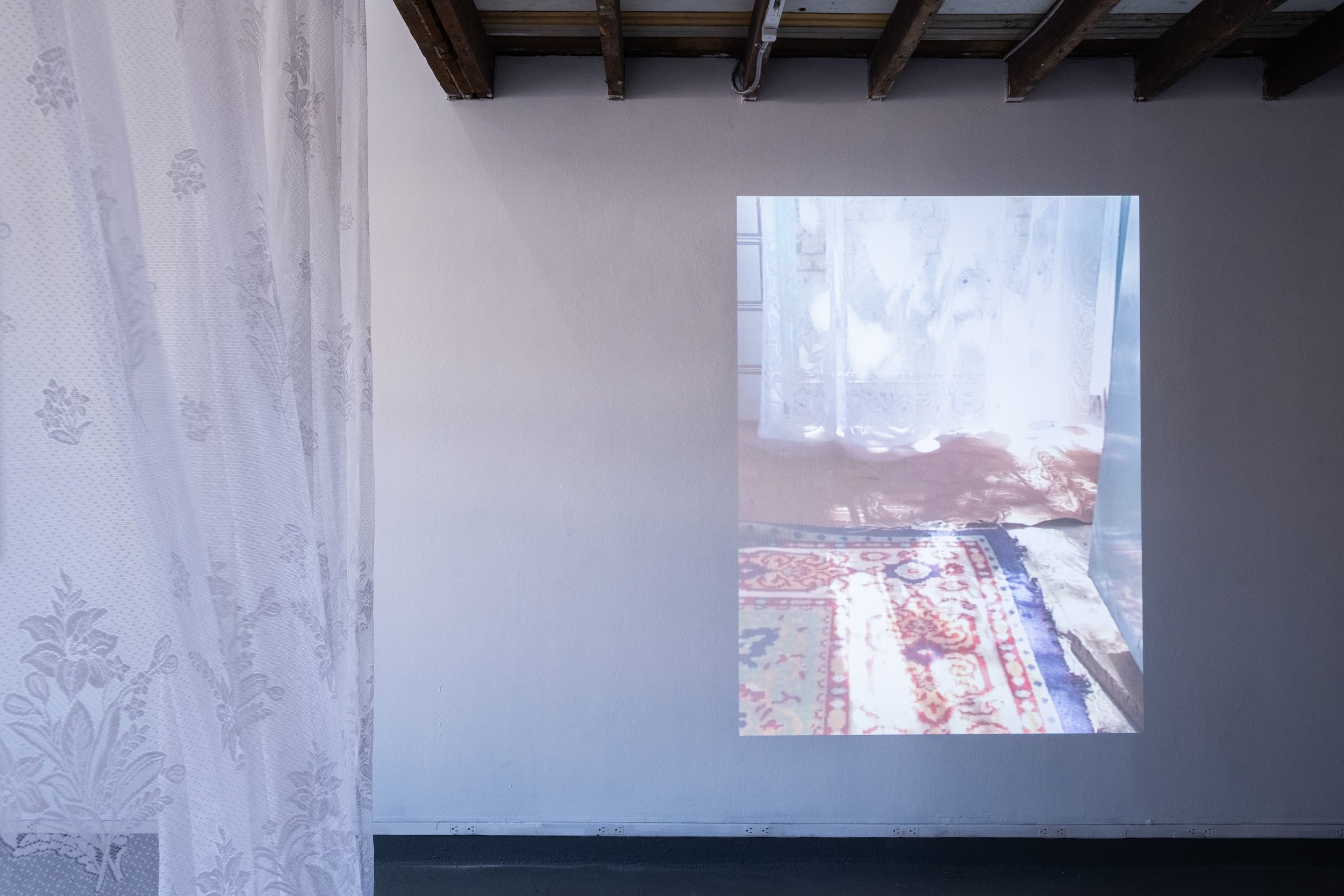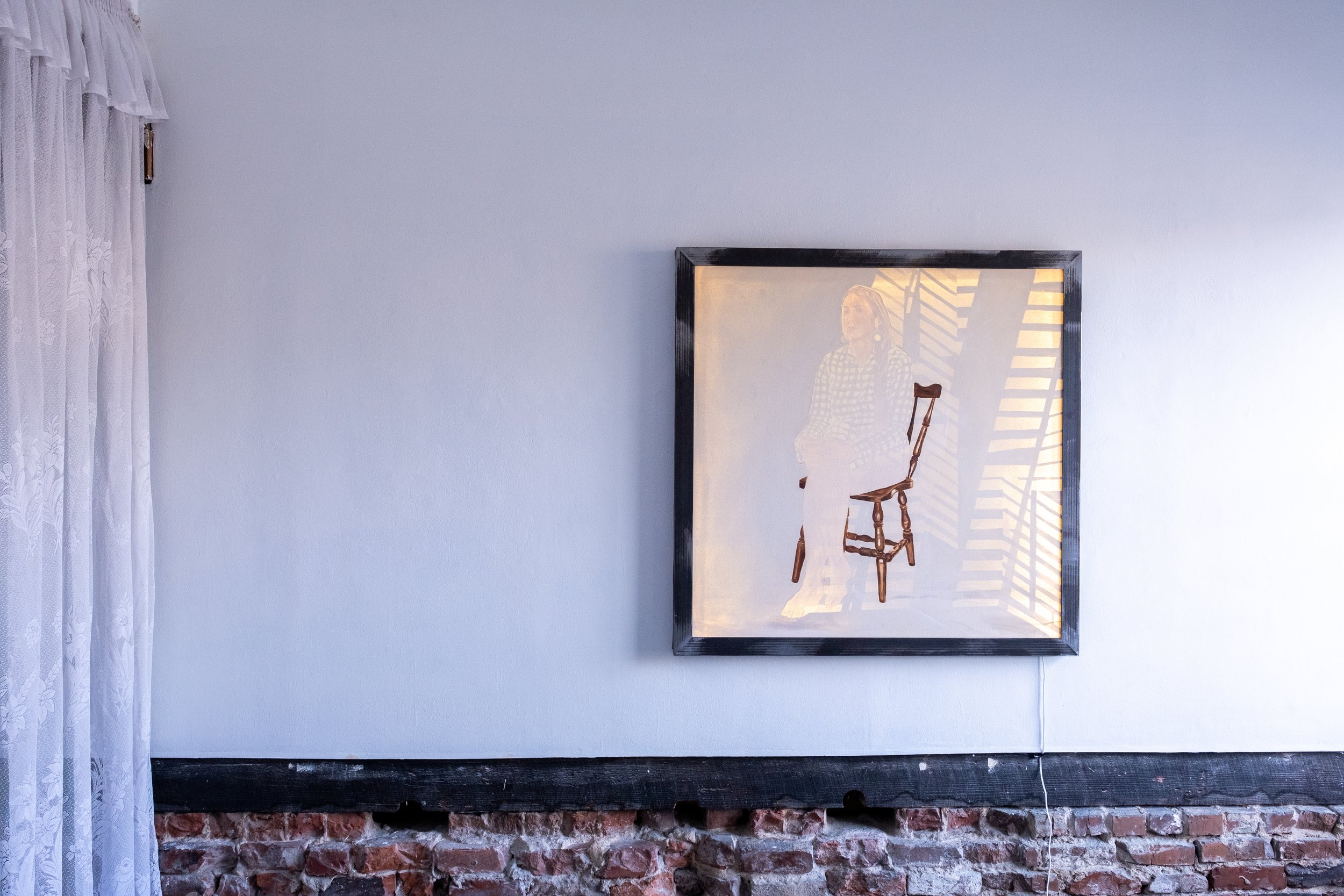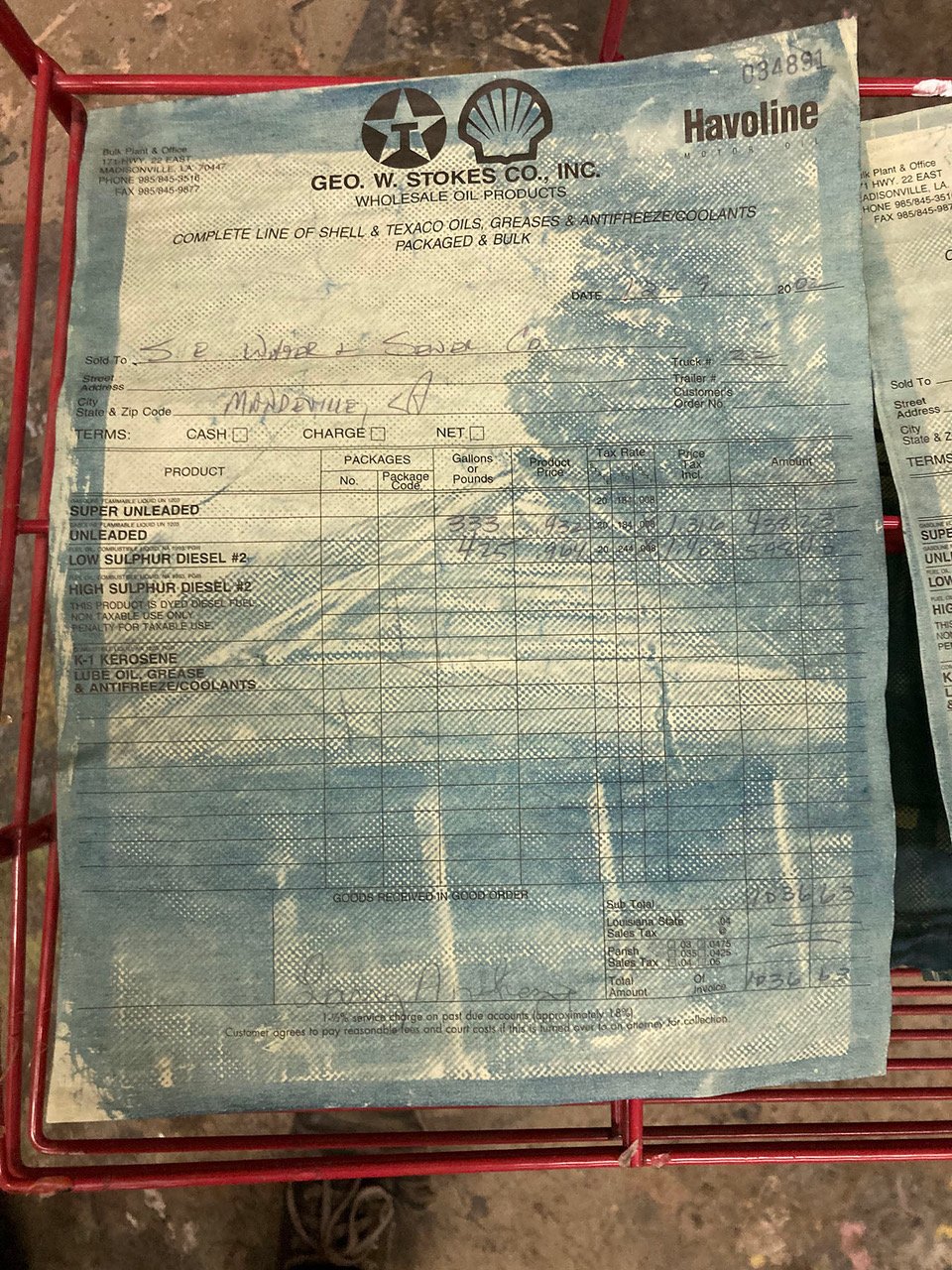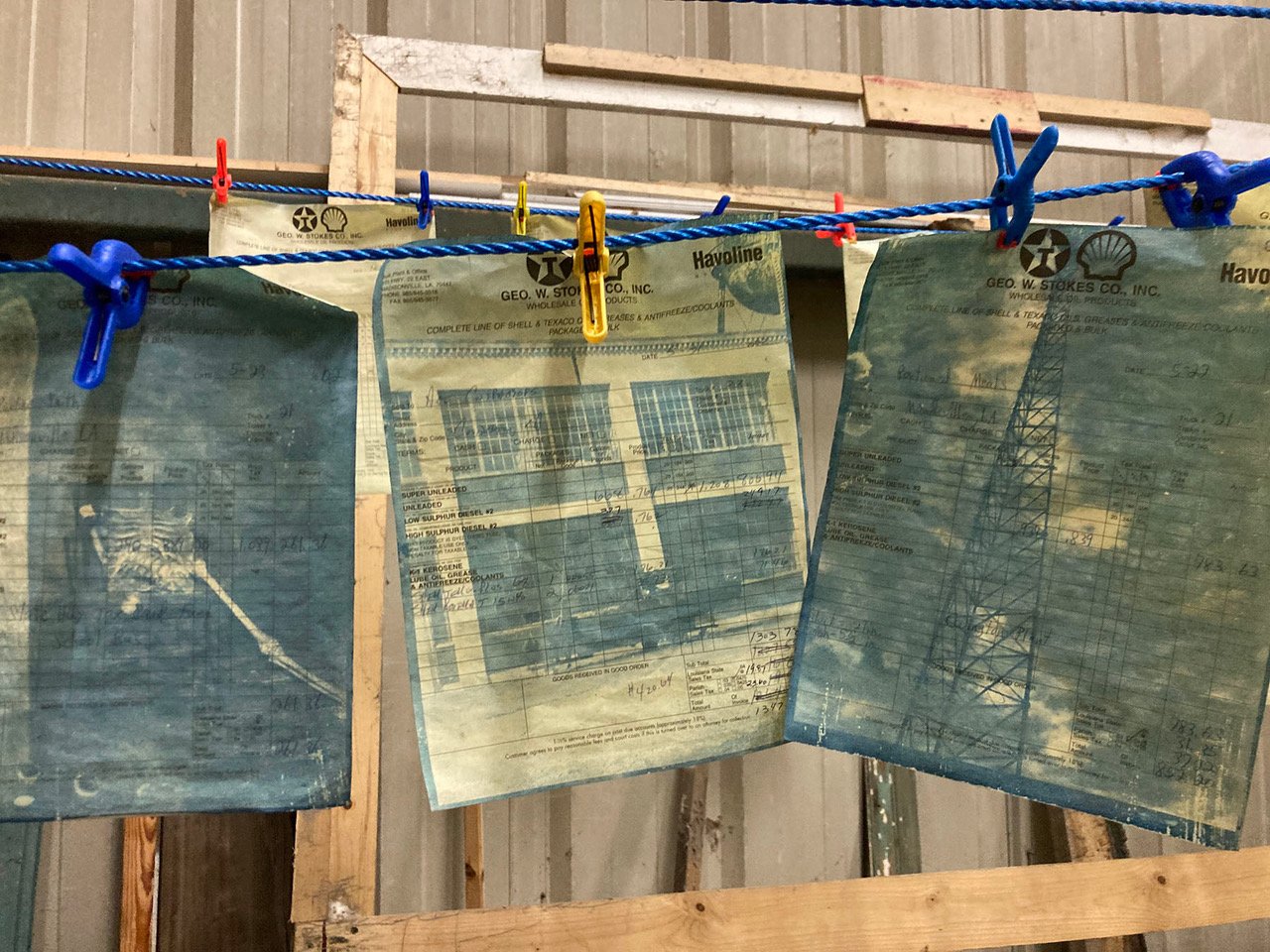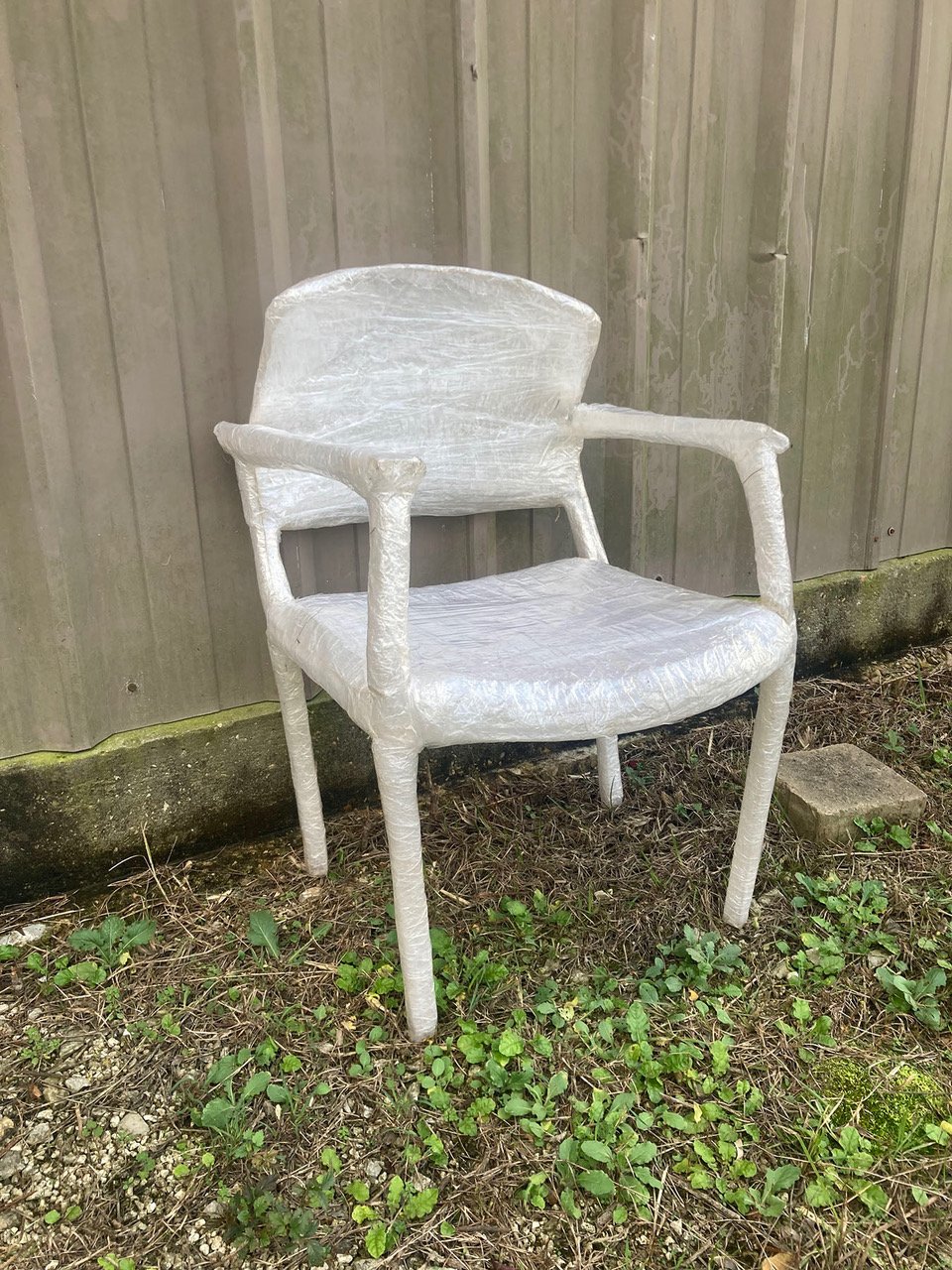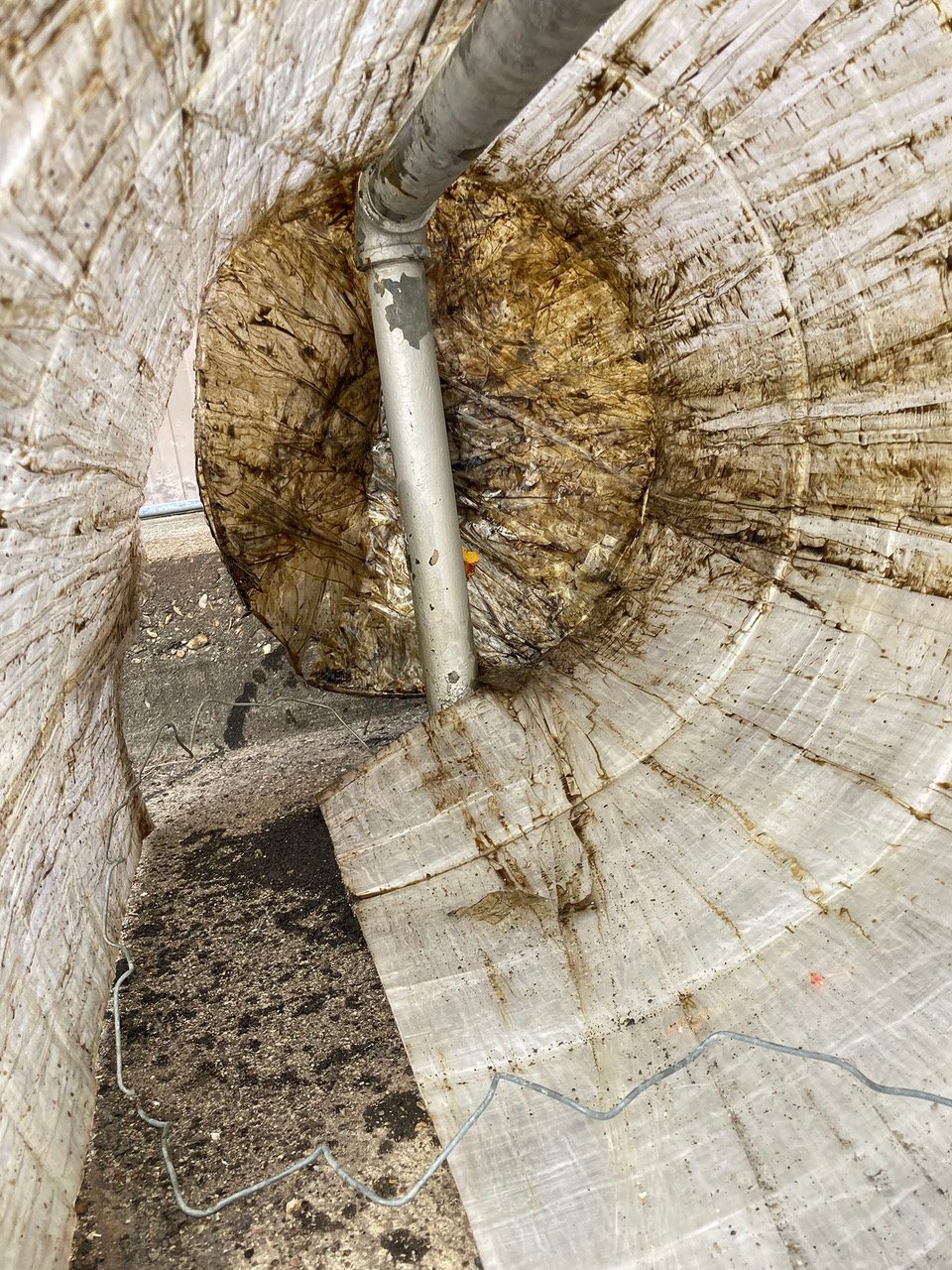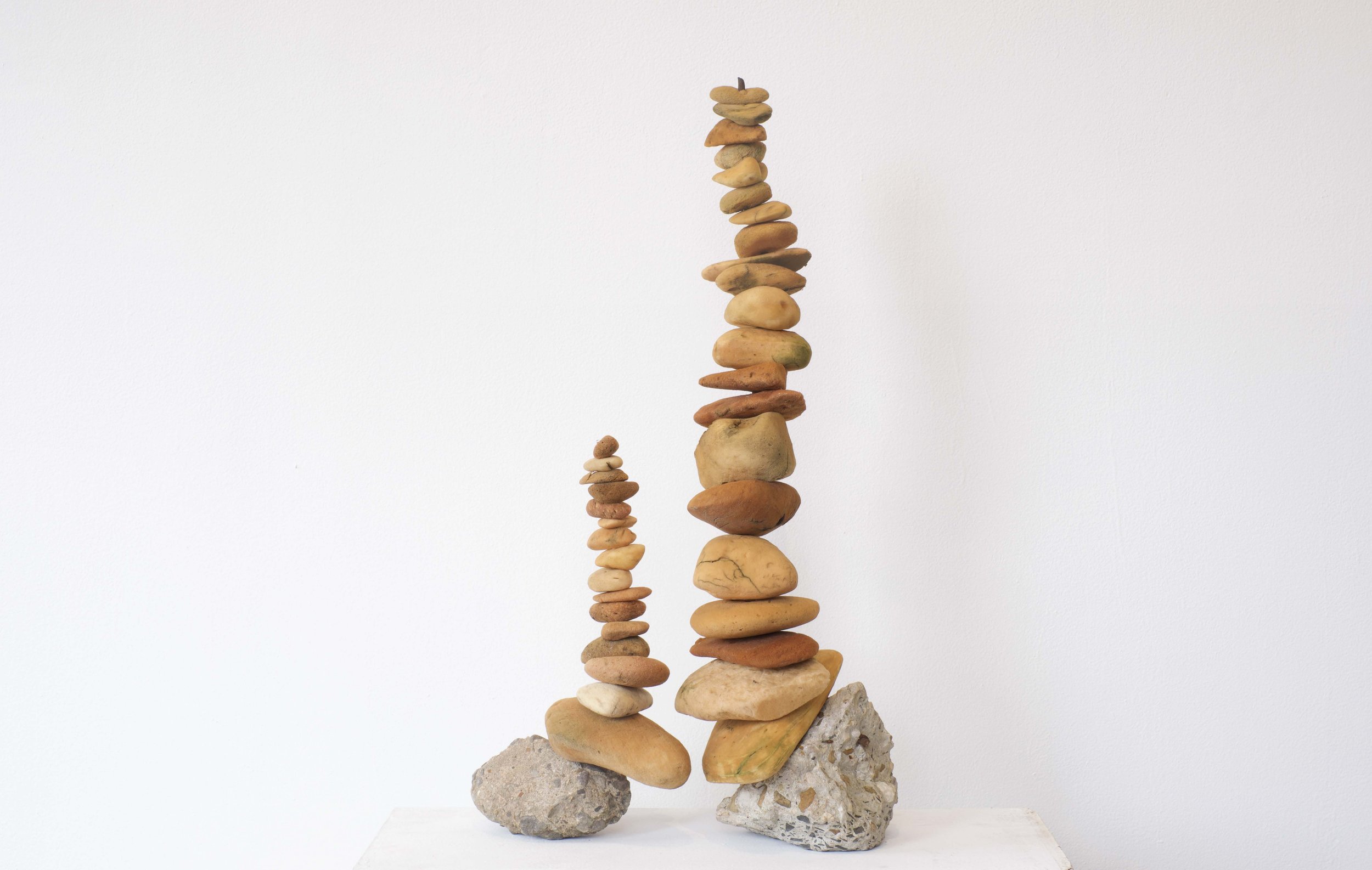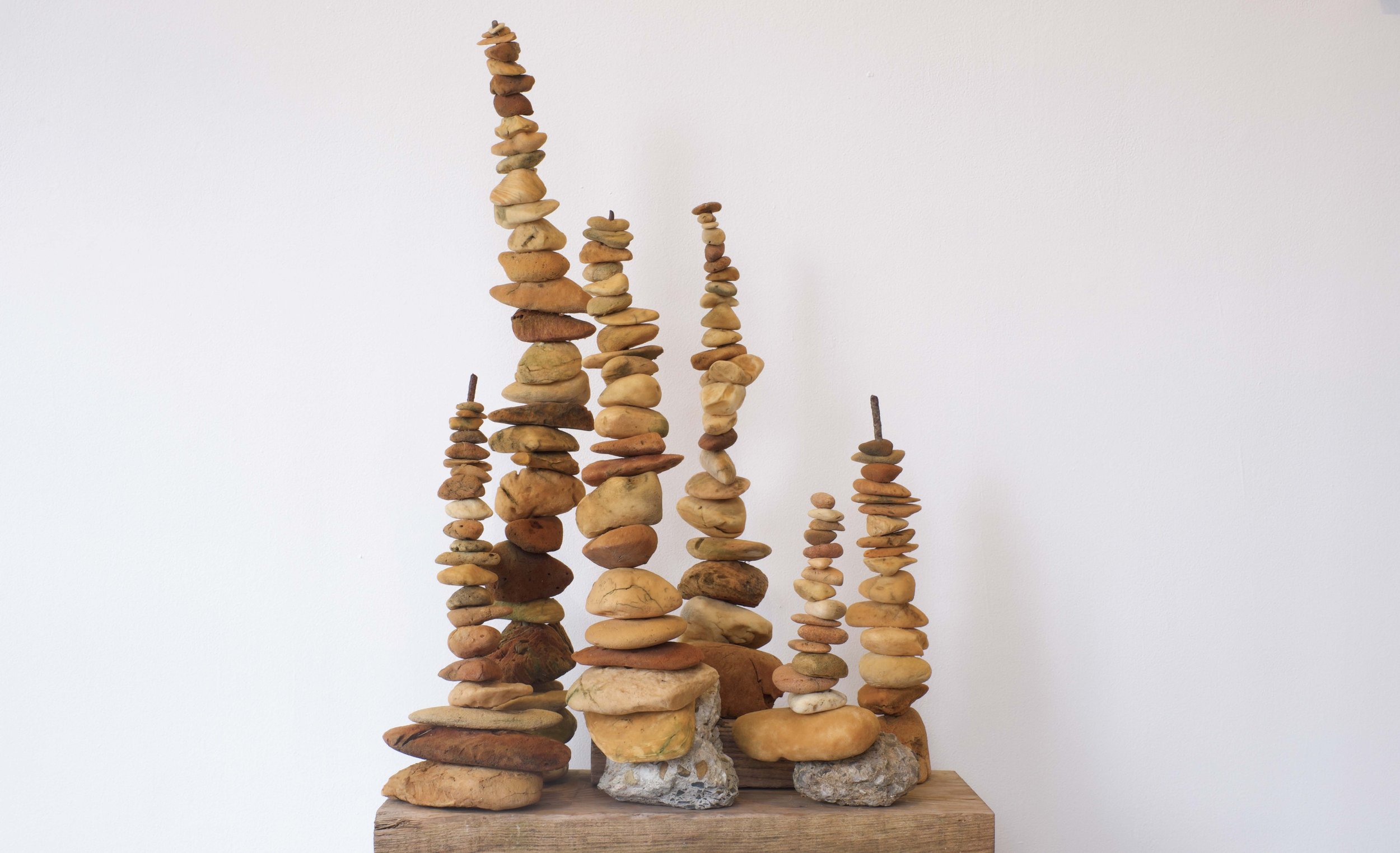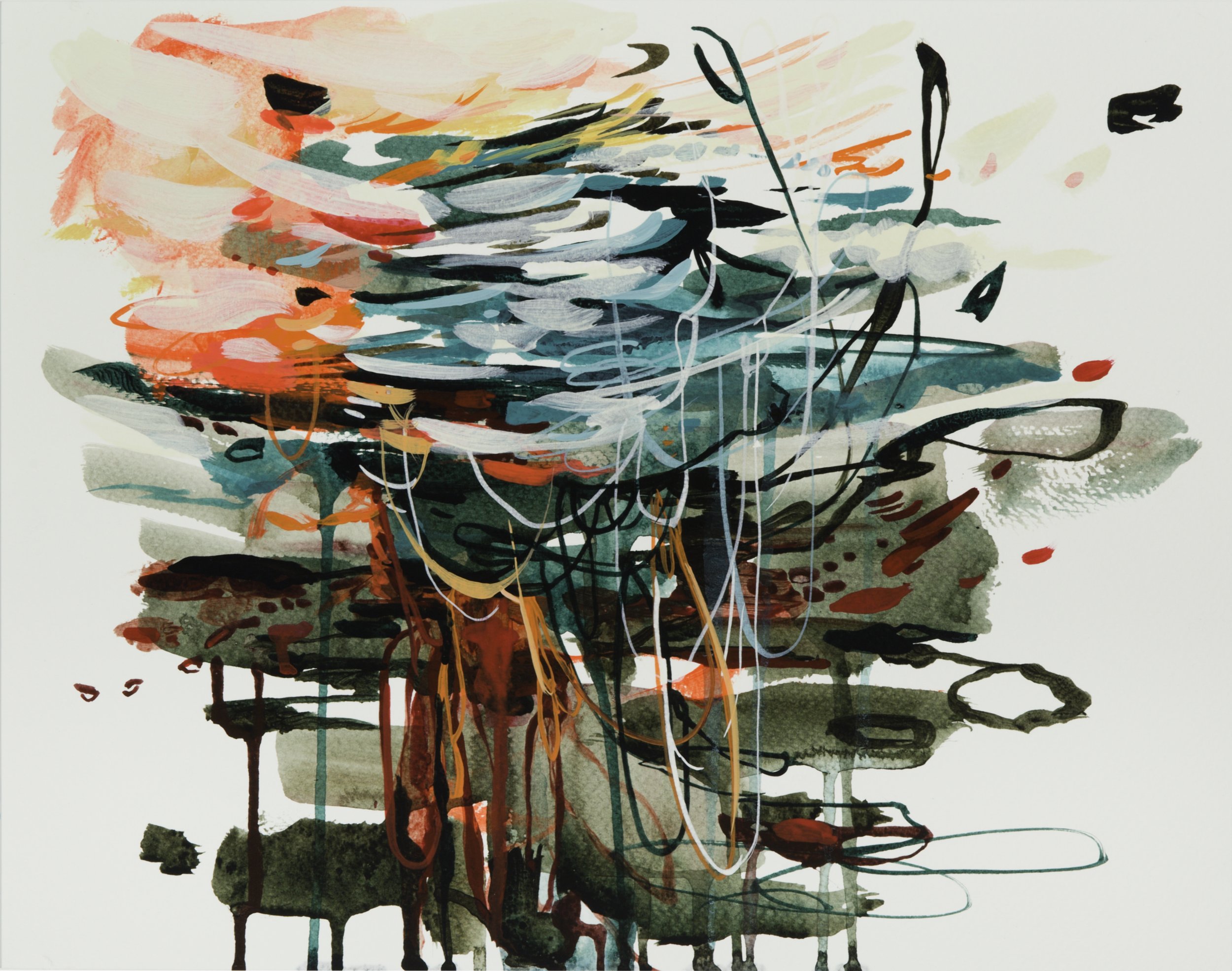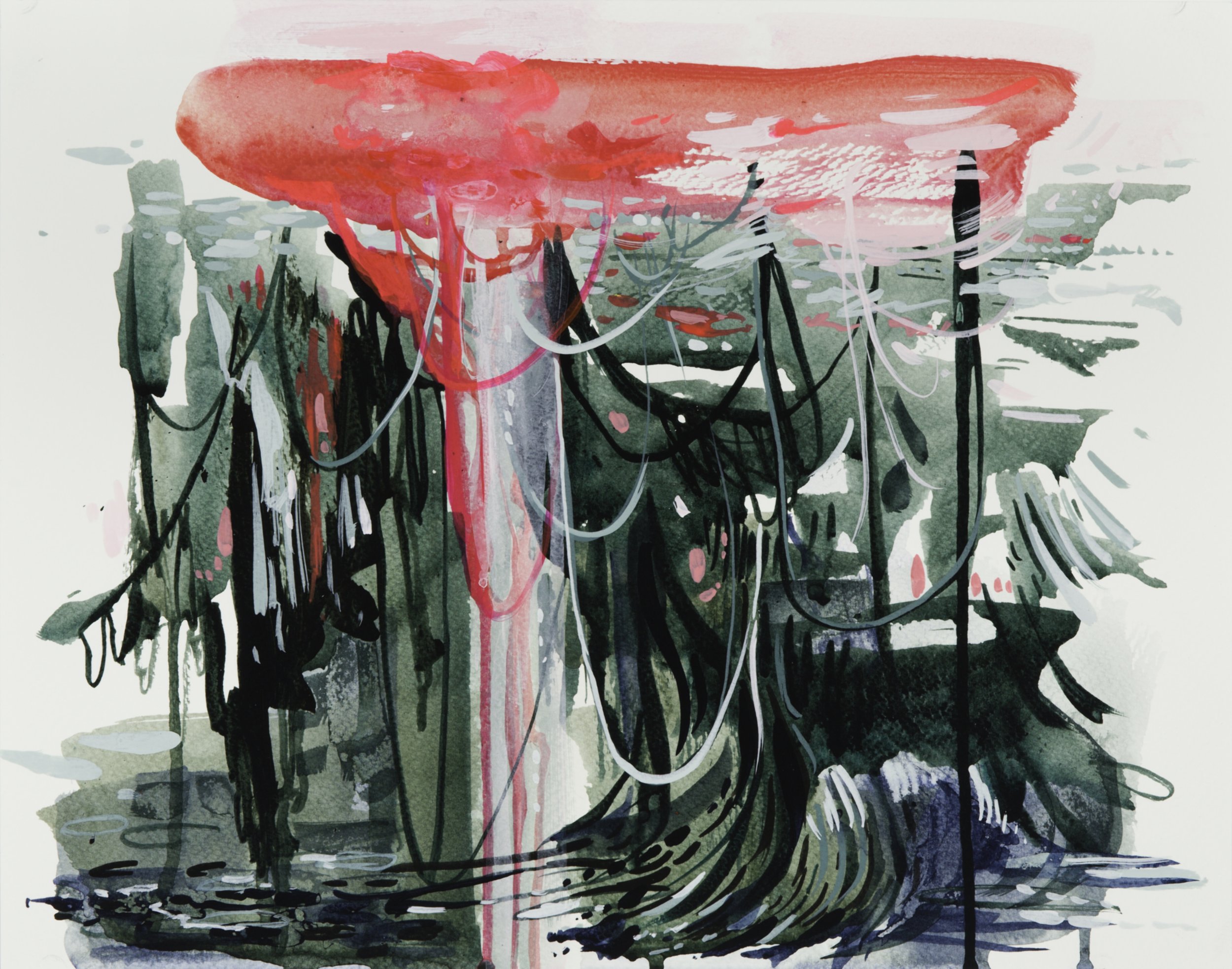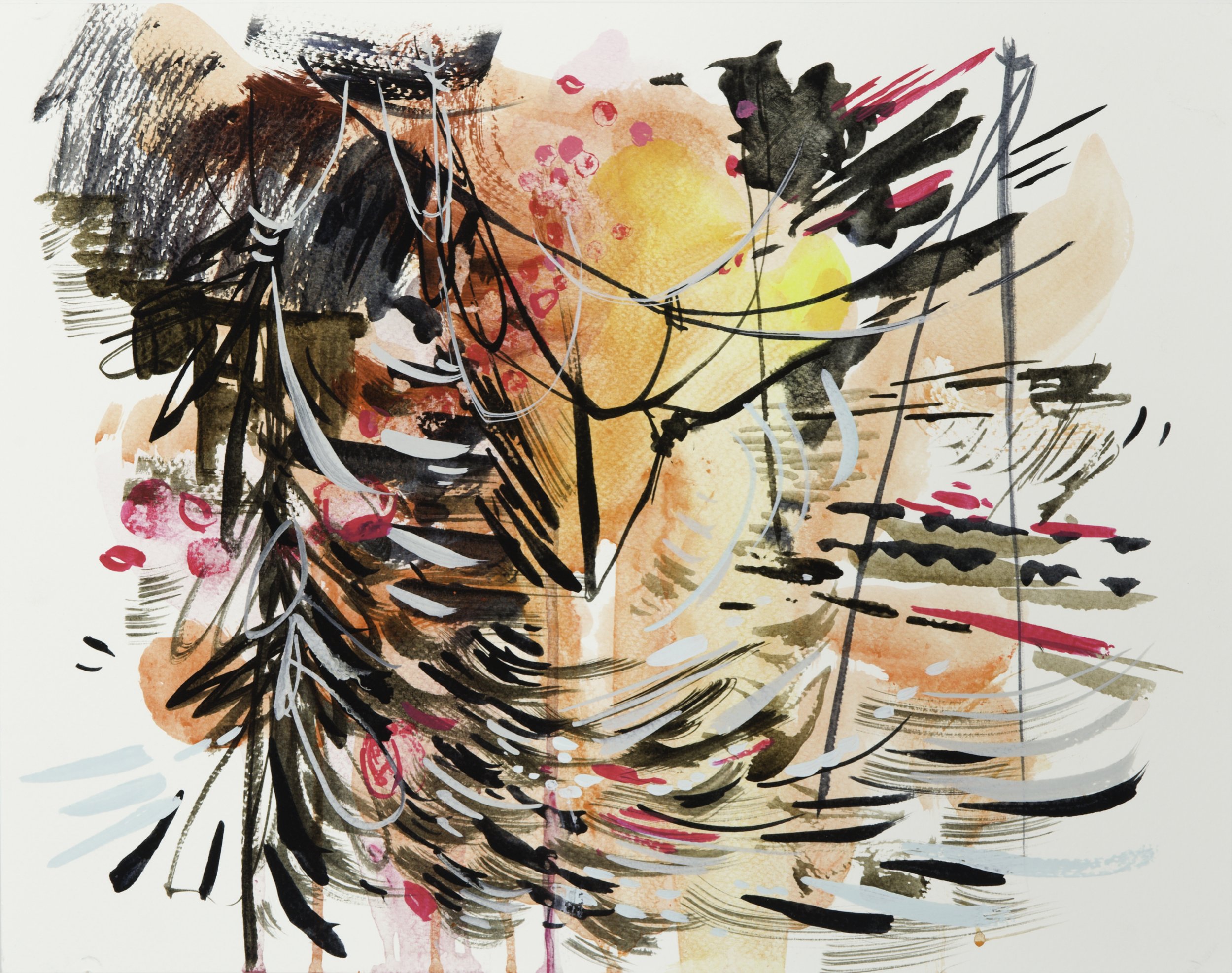January 8 - February 6, 2022
Opening Reception Saturday, January 8, 6 - 10 pm. Masks, social distancing, and proof of vaccination required.
Regular Hours Saturday and Sunday 12 - 5 pm.
Artist Talk with Sara Madandar Friday, January 21, 7pm.
Rooms 1 & 2
Sara Madandar, Window #3, Acrylic, charcoal, spray, and electronics on linen, 78in x 78in x 2in, 2021.
Sara Madandar, Installation view of Room 1 at The Front gallery // left:Window #3, center: Window #1 and right: Window # 2, 2022
Sara Madandar, Window # 3, Acrylic, spray and electronics on linen, 78" x 78", 2021
Sara Madandar, In Memory of Aziz, Video installation, 00: 23: 35 loop, 2013, Iran.
Sara Madandar, Window # 5, Acrylic, electronics and steel frame on canvas, 43 x 43 inches, 2021
The Window
Sara Madandar
The idea of body as home, home as shelter, and the window as a connection to the public sphere, are central concepts of the project I am calling “The Window.” Through these pieces, I explore themes established in my earlier work regarding issues of censorship and the body, particularly women’s bodies. This work responds to my own personal experiences, whether in the government censorship of my native Iran or the more subtle, everyday forms of silencing and erasure that I have encountered in the US. In these pieces, the wooden frames represent windows while the canvas is a curtain—more specifically, a purdah. In Farsi, the word purdah has several meanings beyond a window curtain. As a verb, one can say "lifting the purdah'' to mean revealing the truth. As a noun, it can also mean a veil for women’s body and hair, a tableau, a tone in music, the fret of a guitar, a key in the piano, and an act in a theatrical play. The world's most embellished metaphor as a noun is its meaning of virginity or the state of being immaculate, and more literally, it also means a woman's hymen.
The arched shape of Window #1 and #2 frames makes reference to the painting style of the Qajar era (late 18th to early 20th century) in Iran, when artists began to embrace realism in their depiction of human subjects, often in life-size works that incorporated the arched shape typical of Iranian architecture at the time.
Hidden behind the primary colors of these works, the paintings continue on the back of the canvas, where figures are depicted. These pieces incorporate light that emanates from within the painting, as a kind of metaphorical opening of the curtains, using LED lights built into the back of the frame that will slowly, gradually brighten. The light will reveal the figures behind the canvas much like one can peer into a home when its lights go on at night. When the light slowly fades away, hiding the figures and returning privacy to the “residents” of the painting.
Sara Madandar is an Iranian multi-disciplinary artist based in New Orleans. She received her MFA from the University of Texas at Austin and her BA in painting from the Azad University of Art and Architecture in Tehran. Through a range of media such as painting, video, installation, and performance—Madandar explores migration and the human experience of living in between cultures. Her work uses the aesthetics of language, clothing, and bodies to study the complexities of cross-cultural experiences from a unique perspective. In 2021, Madandar will be in residence at the Joan Mitchell Center in New Orleans. Some of her accolades include an award from the Texas Visual Artists Association (TVAA) and an award from the Southeastern College Art Conference (SECAC) for an exhibition curated by Jessica Beck of the Andy Warhol museum. Sara’s work has been featured at Elga Wimmer PCC, New Orleans Museum of Art, Austin City Hall, New Orleans Contemporary Art Center, Elisabeth Ney Museum, and many others. With funding from the Persian Heritage Foundation, she is currently curating an exhibition of the political satire drawings of Ardeshir Mohassess, called Body Politics, which is set to open Fall 2022 at the Spillman-Blackwell Fine Art gallery in New Orleans, LA. Currently, Madandar is in residence at the Joan Mitchell Center in New Orleans.
Room 3
Elliott Stokes, Father Like Son (Receipts), Cyanotypes on fossil fuel sales receipts, 11 x 8 inches, 2021-2022.
Elliott Stokes, Father Like Son (Grandpa’s office desk chair), Packing Tape, 2021-2022.
Elliott Stokes, Father Like Son (55 Gallon Oil Barrel), Packing Tape, 2021-2022.
Father Like Son
Elliott Stokes
Father Like Son began in the wake of the COVID-19 pandemic in March 2020. It began with the casting of a pallet and a computer. I was interested in these objects and their reverberations in a global economy—how each transaction is felt around the world. I found packing tape casting to be an effective process of capturing the form of an object without any of its inherent politics or history. This project had to change course when Hurricane Ida destroyed the warehouse where I kept my art studio. The warehouse was owned by my father's now-defunct fuel distribution business, which had itself been forced to permanently close because of a previous hurricane. I came to see the symmetry of hurricanes destroying both of our places of labor as a uniting force. I am hugely privileged to have access to my father's resources, but those resources are as subject as anything else to the ravages of nature. Father Like Son explores how the products and places we labor are also the things that make us vulnerable and susceptible to natural disaster. Using a dual visual language of objects shared by myself and my father, these artworks both condemn and revere our labor.
Elliott Stokes (B. 1990, New Orleans, LA.) Stokes received his Studio MFA from the University of Illinois in Urbana-Champaign with a concentration in painting, sculpture and new media. His artwork exists within the gray area of necessity and critique of industrial and agricultural processes and how they reflect past histories and infer future trajectories. Positioning his artwork between reverence and contempt of industry, specifically petrochemicals, Stokes uses this tension as a launching point for cultural examination and introspection. He has exhibited nationally, including Zhou B. Arts Center in Chicago, Ogden Museum of Southern Art and Contemporary Arts Center in New Orleans. He is currently a member of The Front gallery and collective in New Orleans.
Room 4
Kyle McLean, False Cairns, Found foam, wood, concrete and steel, 2021, photograph by Dani Leal.
Recent Works
Kyle McLean
The materials presented in this exhibition are mostly found. In the forms and arrangements I would like to inspire in the viewer questions about classification, identification, agency, individuality, transformation, and organization.
How can we inject new possibilities into extant structure in order to better equip individuals and familial units to live in peace and harmony with the natural world? What can we surmise from the organizational patterns of nature and how they react once polluted and threatened? How can we apply these lessons to harness human capacity for organization?
Kyle McLean is an artist living and working in New Orleans, LA. Originally from Long Island, NY, Kyle has spent the last four years gaining experience in the coffee industry as a parallel to his art practice, having founded Pond Coffee in early 2020. An avid collector of clothing and homewares, the process of finding and sorting is evident in his work. Kyle studied Business Administration and Anthropology at Nazareth College where he graduated in 2011. His only prior exhibition was entitled Curb Alert and debuted at Alone Time Gallery in New Orleans in 2019.
Ann Marie Auricchio, #4 Collision with the Unconscious Series, Acrylic on paper, 11’ x 14”, 2021.
Ann Marie Auricchio, #6 Collision with the Unconscious Series, Acrylic on paper, 11’ x 14”, 2021.
Ann Marie Auricchio, #7 Collision with the Unconscious Series, Acrylic on paper, 11’ x 14”, 2021.
Collision with the Unconscious: Small Works
Ann Marie Auricchio
These works on paper occured in the studio as a way of “thinking out loud" while working on a new series of large paintings titled Collision with the Unconscious: A Journey of Transformation. Referencing the three levels of consciousness, the metaphorical painting series depicts a visceral interpretation of shared human experiences. I utilize the three elements of Earth, Fire, and Water to represent the conscious world, desire, and the subconscious, respectively. These paper pieces act as precursors and a nonlinear form of study for my larger works. I believe they hold a strength and bold quality uniquely their own.
Ann Marie Auricchio is a painter that explores perceptions of experiences, and the complexities of emotional and cognitive associations we make with our world. The paintings materialize from the convergence of frenetic energy, environment, light/shadow, anxiety, meditation, history, memory, and a pure visceral response to both these physical and psychological places. She received her BFA from the Maryland Institute College of Art. A native New Yorker, she now lives and works in New Orleans, LA. Her work is represented by Octavia Gallery in New Orleans and she has most recently been a recipient of a Joan Mitchell Center artist residency.
